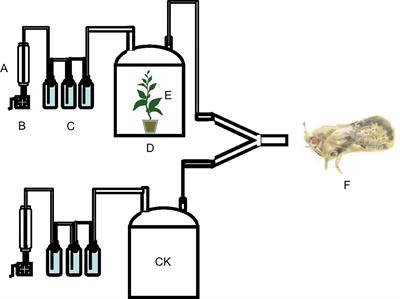ORIGINAL RESEARCH
Published on 20 Nov 2025
Chemical variability for authenticated and commercial Artemisia absinthium L. essential oils with thujones on tephritid fruit flies: Mediterranean fruit fly Ceratitis capitata (Wiedemann) and Caribbean fruit fly Anastrepha suspensa (Loew)
doi 10.3389/fpls.2025.1674428
- 1,272 views

